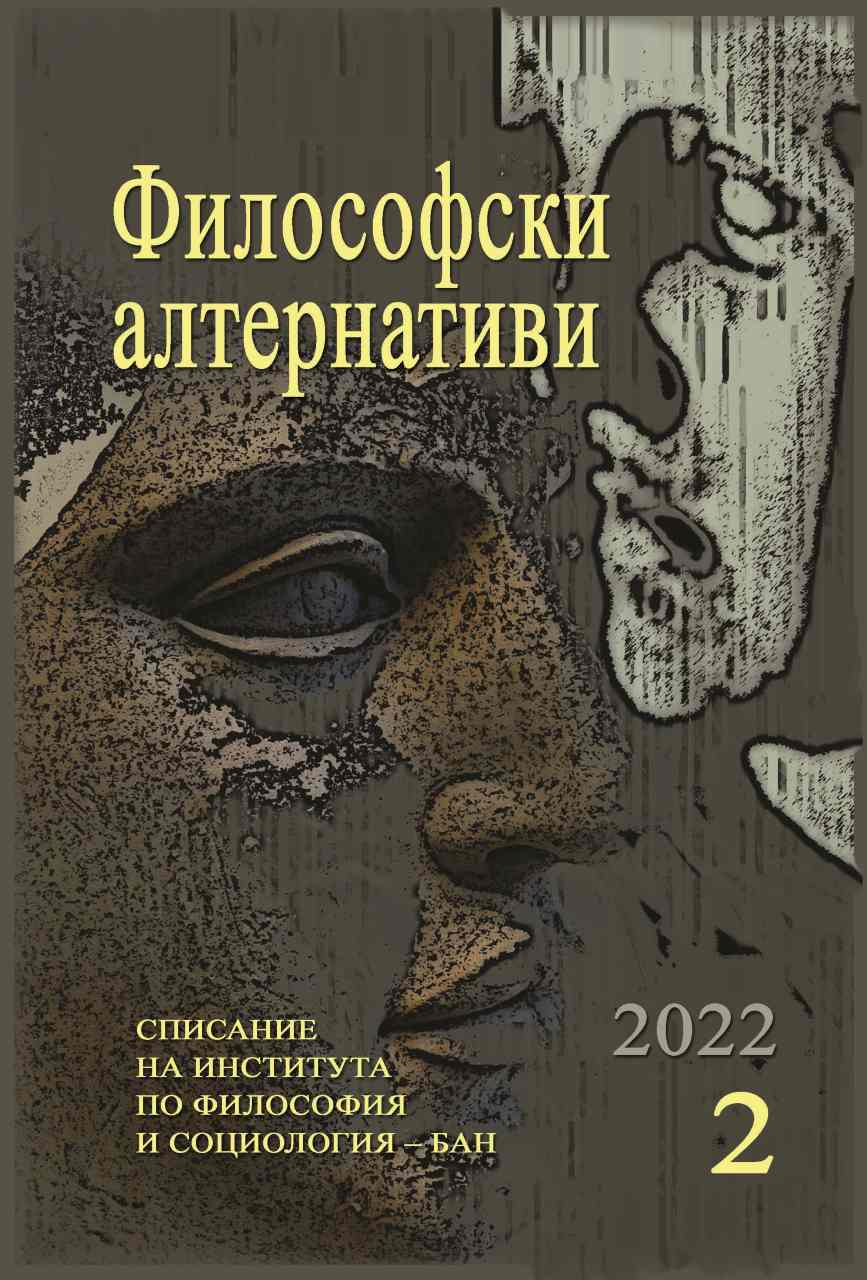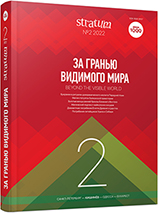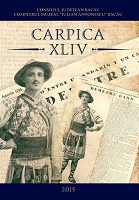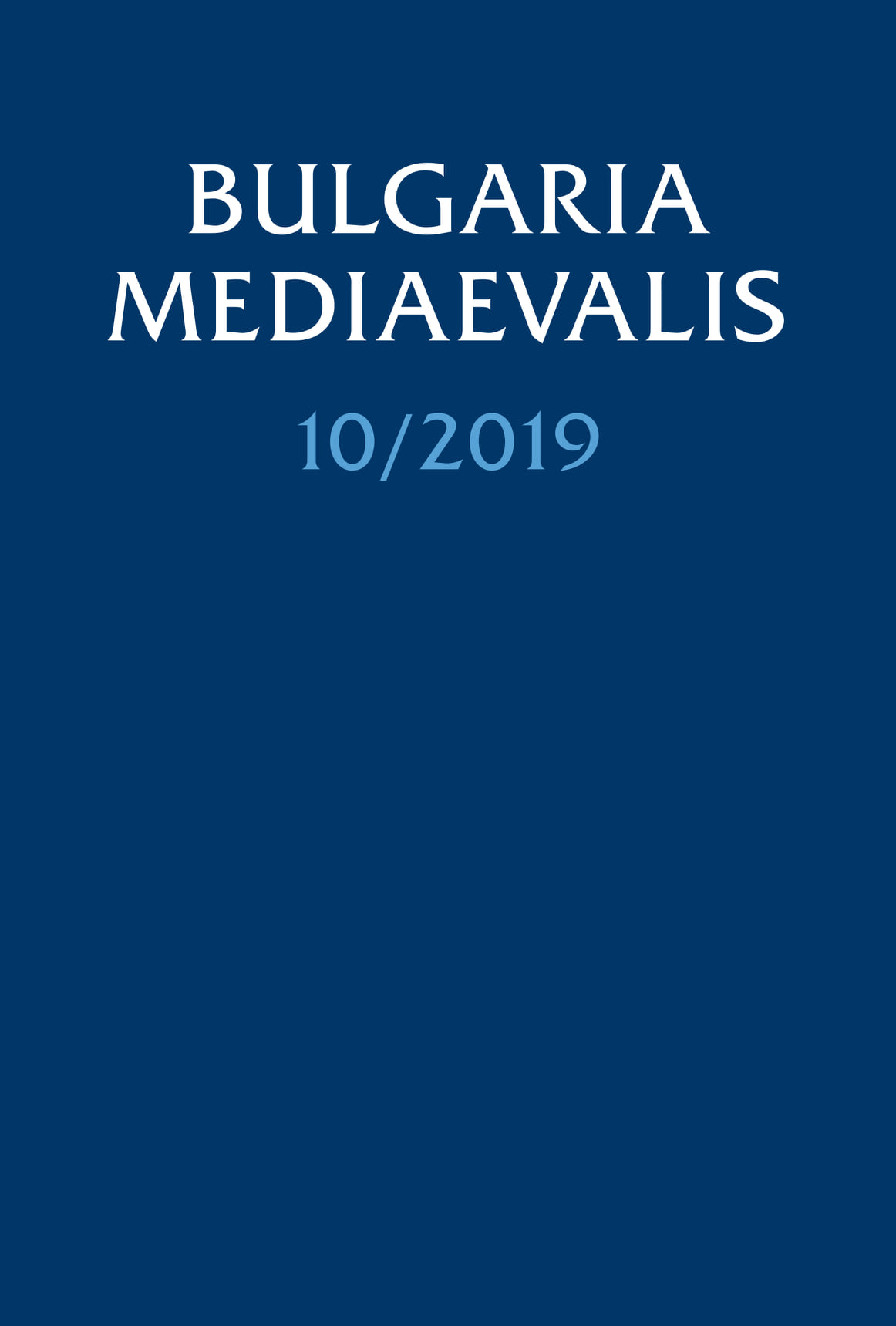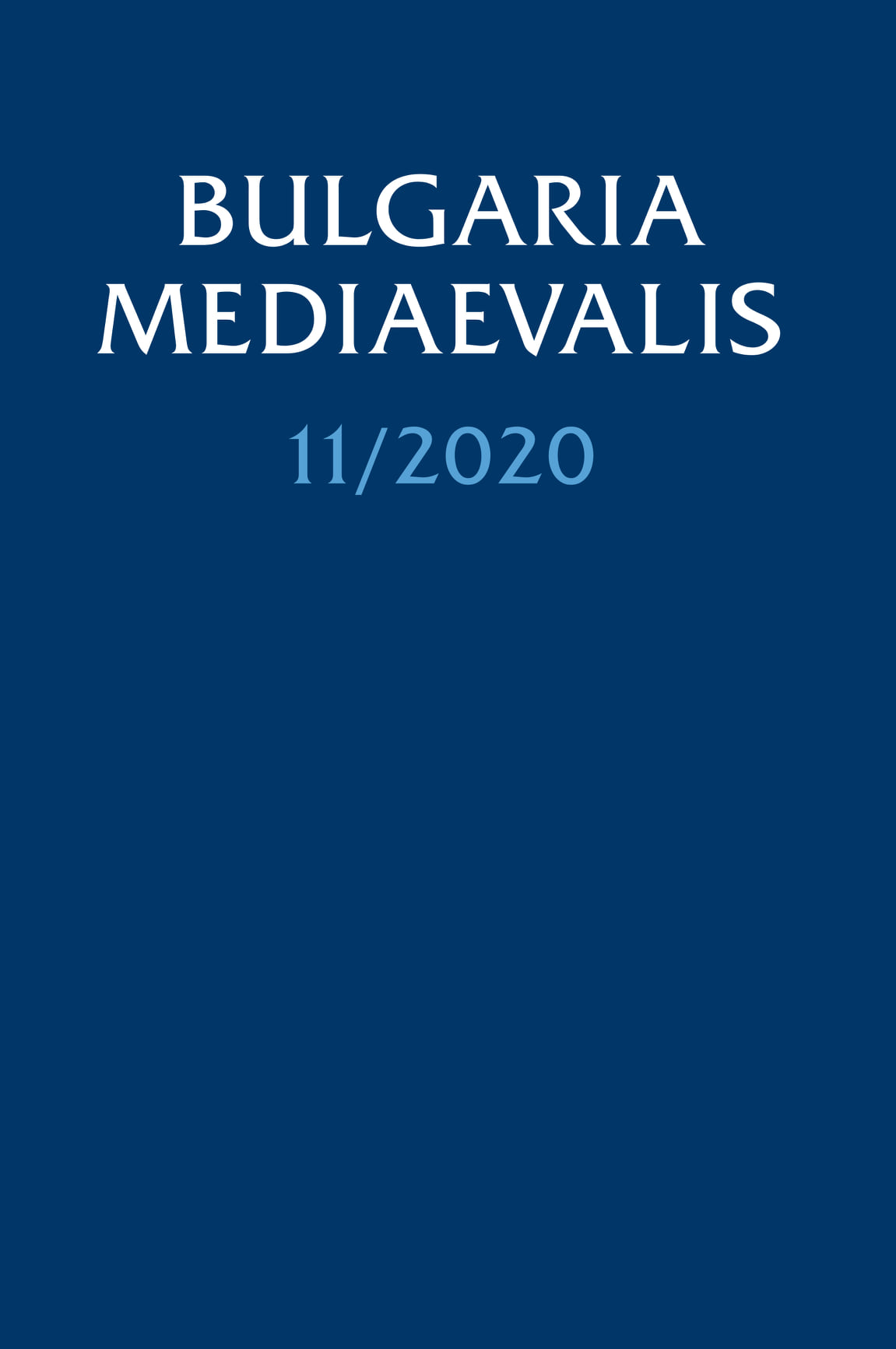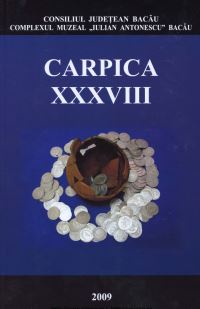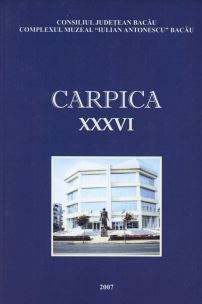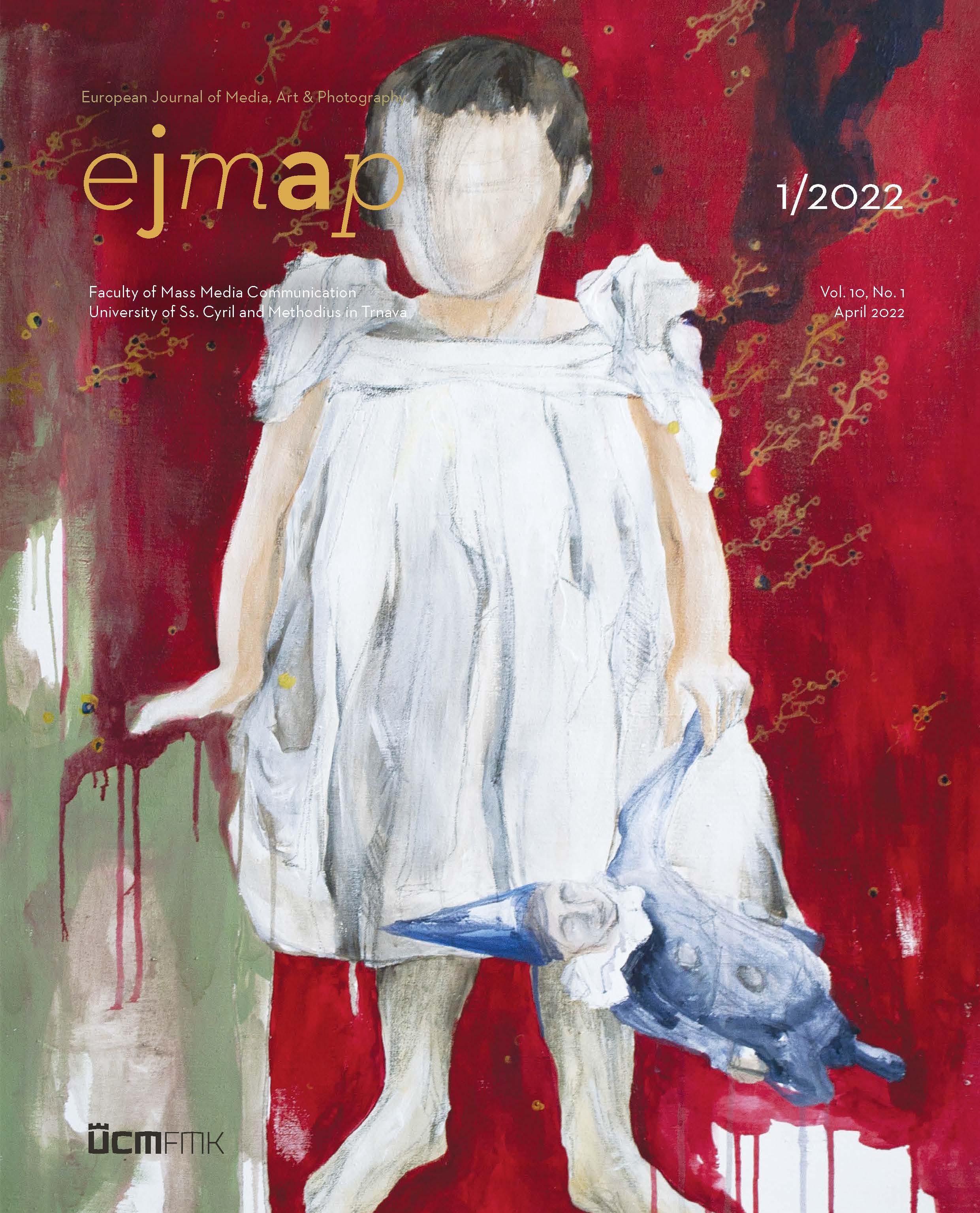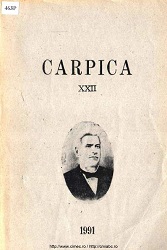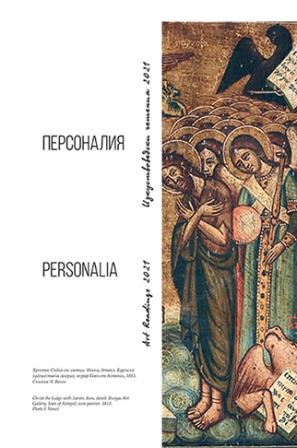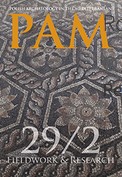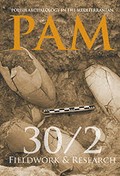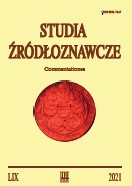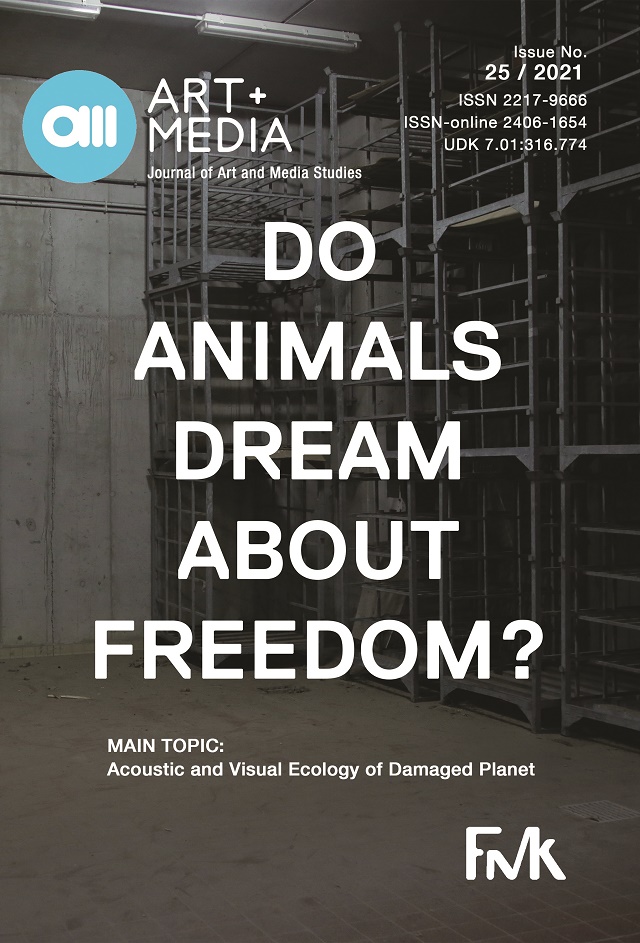Author(s): Ioan Vasiliu / Language(s): Romanian
Issue: XLIV/2015
This article aims to introduce in the scientific circulation some Cucuteni C findings discovered in a sistematic research conducted in 1958 in the Viişoara Mastacăn settlement, which remained, unfortunately unpublished. In this settlement, with one archaeological layer and two habitation levels, which belongs to Cucuteni B1and Cucteni B2 phases, were discovered fragments of type C ceramics that contained graines of limestone, small pebbles, big-grained sand, smashed shereds, particles of ocher and organic materials. The most spread form of type C ceramics from Viişoara-Mastacăn is the so-called crater. As an example we have: vessels used for boiling liquids, tureens and bowls. Also we have, in a smaller proportion, jar vessels, globular vessels, straight-profiled vessels, amphorae, glasses, vessels used as a smoke-house and miniature-vessels. From the variety of decorative techniques used on Cucuteni C pottery we have, besides zoomorphic features, string insertions, which is specific to this type of ceramics, but a/so incisions, striations and alveoles applied alone or in a variety of combinations. On the Cucuteni C pottery from Viişoara-Mastacăn we can find the specific elements of Cucuteni B phase that has analogies in all the other Cucuteni B settlements in the Subcarpathian Moldavian areas.
More...

